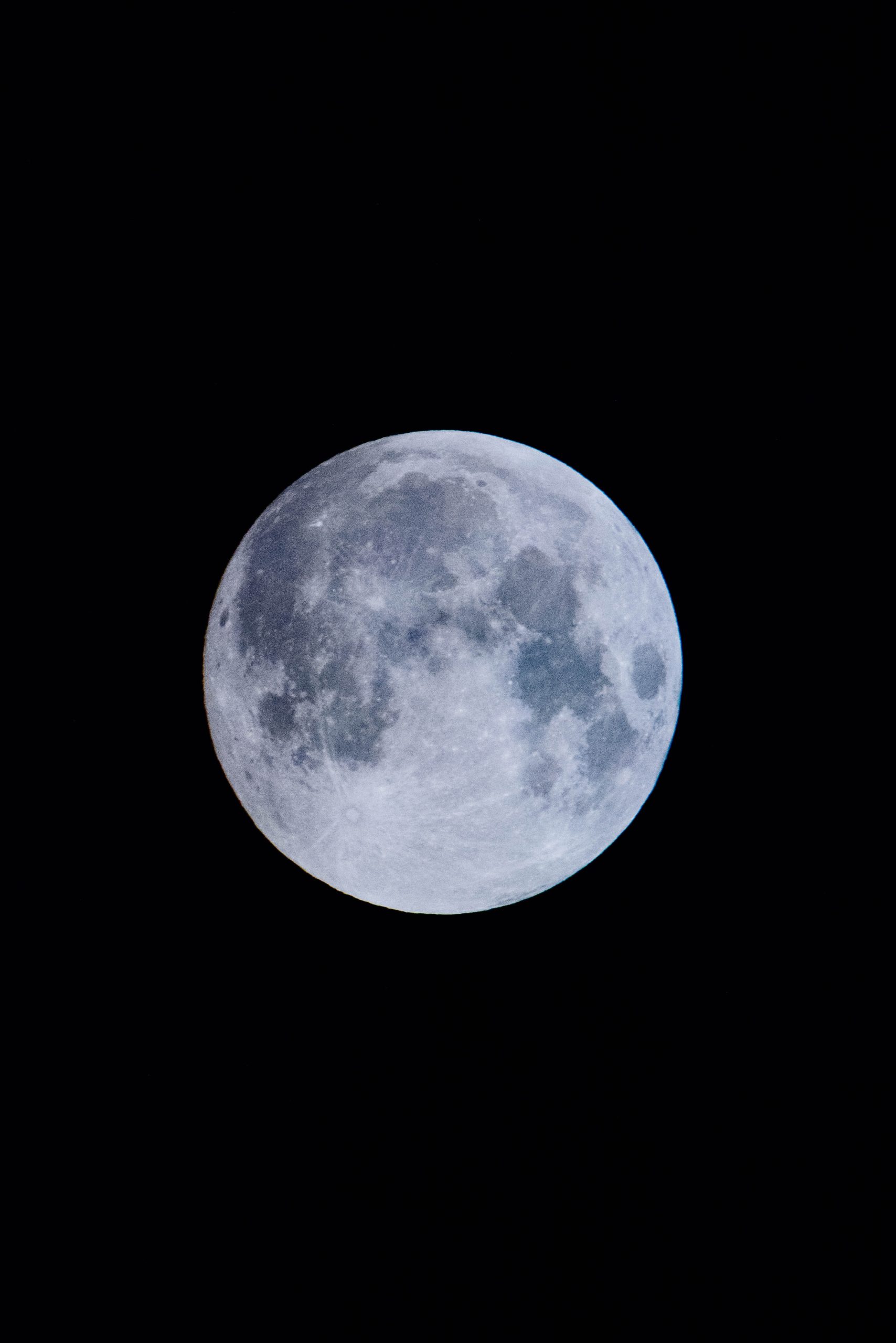The Mysteries and Teachings of Kabbalah: A Deep Dive into the Ancient Wisdom
The mystical tradition of Kabbalah, originating from Jewish mysticism, has captivated scholars, seekers, and philosophers for centuries. Rooted in esoteric principles and hidden meanings, this ancient wisdom offers profound insights into the nature of existence, spirituality, and the interconnectedness of all things. In this comprehensive guide, we will explore the intricacies of Kabbalah, its key teachings, and the practices associated with this mystical tradition.
Table of Contents
- Introduction
- Origins of Kabbalah
- The Tree of Life and Sefirot
- Key Kabbalistic Texts
- Practices in Kabbalah
- Commonly Asked Questions
Introduction
Kabbalah, often referred to as the “soul of Torah,” is a multifaceted mystical system that delves into the hidden dimensions of the universe. It seeks to decipher the mysteries of existence and the divine, providing insights into the nature of God, creation, and the human soul.
While Kabbalah is deeply rooted in Jewish traditions, it transcends religious boundaries, attracting individuals from diverse spiritual backgrounds who seek a deeper understanding of the cosmos and their place within it.
Origins of Kabbalah
The origins of Kabbalah are shrouded in mystery and speculation. It is believed to have emerged in the 12th and 13th centuries, primarily within the spiritual circles of Jewish communities in Southern France and Spain.
Some scholars trace the roots of Kabbalah back to ancient Jewish mysticism, claiming that its teachings have been handed down secretly from generation to generation. Others attribute its development to various intellectual and spiritual influences, including Gnostic traditions, Neoplatonism, and Jewish mystical traditions such as Merkavah mysticism.
The Tree of Life and Sefirot
At the core of Kabbalistic teachings lies the concept of the Tree of Life, a symbolic diagram representing the structure of the universe and the divine realms. The Tree of Life consists of ten interconnected spheres called sefirot, each associated with specific qualities, divine attributes, and levels of consciousness.
The ten sefirot are often depicted as a vertical arrangement on the Tree of Life, with each sefirah representing a stage in the process of creation. The uppermost sefirah, Keter (Crown), represents divine unity and the infinite divine light, while the lower sefirot such as Malkhut (Kingdom) represent the material world and human consciousness.
Key Kabbalistic Texts
Kabbalah has an extensive collection of texts that serve as a wellspring of knowledge and guidance for seekers. These texts, written by revered Kabbalists throughout history, provide profound insights into the nature of reality and the spiritual path.
| Text | Author |
|---|---|
| Sefer Yetzirah (Book of Formation) | Unknown |
| Zohar (Book of Splendor) | Rabbi Shimon bar Yochai |
| Etz Hayim (Tree of Life) | Rabbi Chaim Vital |
| Tikkunei Zohar (Rectifications of the Zohar) | Rabbi Isaac Luria |
Practices in Kabbalah
Kabbalah incorporates various practices aimed at deepening one’s spiritual connection, expanding consciousness, and attaining higher levels of awareness. Some of the core practices within Kabbalah include:
- Meditation: Kabbalistic meditation techniques involve focusing on specific sefirot and using visualizations, breathwork, or mantras to induce a state of heightened awareness and communion with the divine.
- Prayer and Intention Setting: Kabbalistic prayer involves the recitation of specific prayers, often derived from Kabbalistic texts, with the intention of aligning oneself with divine energy and invoking spiritual transformation.
- Contemplation of Sacred Symbols: Kabbalists often contemplate sacred symbols such as the Star of David, the Hebrew alphabet, or specific combinations of letters known as “names of God.” These symbols are believed to contain hidden meanings and profound spiritual significance.
- Study of Kabbalistic Texts: Kabbalah places great emphasis on the study of sacred texts, enabling seekers to delve into the teachings of renowned Kabbalists and explore the depths of their wisdom.
Commonly Asked Questions
Here are some commonly asked questions about Kabbalah:
- Is Kabbalah only for Jewish people?
- Can Kabbalah be practiced alongside other spiritual beliefs?
- Can Kabbalah be learned without a teacher?
- What are the practical benefits of studying Kabbalah?
No, Kabbalah is not exclusively for Jewish individuals. While it has strong ties to Jewish tradition, its principles and practices can be explored by anyone with an open mind and a sincere desire to understand the mysteries of existence.
Yes, Kabbalah can be integrated with other spiritual beliefs and practices. Many individuals combine Kabbalistic teachings with elements from various spiritual traditions, finding insights and connections across different paths.
While having a knowledgeable teacher can greatly enhance the understanding of Kabbalah, there are numerous resources available, including books and online courses, that allow individuals to explore Kabbalistic teachings independently. However, guidance from an experienced teacher can provide valuable insights and help navigate the complexities of this ancient wisdom.
Studying Kabbalah can lead to personal transformation, expanded awareness, and a deeper understanding of the interconnectedness of all things. It offers tools for self-reflection, spiritual growth, and the discovery of one’s unique purpose in the grand tapestry of existence.
In conclusion, Kabbalah is a profound spiritual system that invites seekers to embark on a journey of self-discovery and connection with the divine. Its teachings and practices offer timeless wisdom for navigating the complexities of existence and finding meaning in the interconnectedness of all things. Whether one approaches it from a religious perspective or as a standalone spiritual path, Kabbalah continues to inspire and illuminate the minds and hearts of all those who venture into its mystical depths.
Table of Contents
